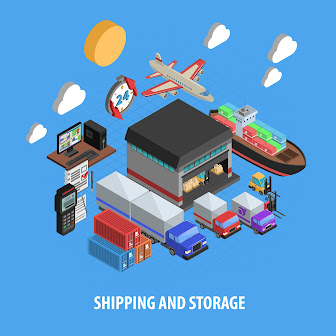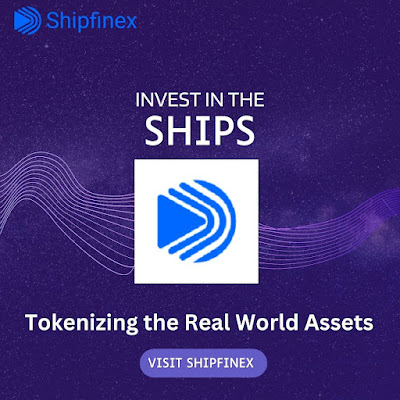Shipping or Maritime Finance: An Overview of Types, Risk Management, Instruments, Key Players, and Emerging Trends
Shipping or Maritime Finance: An Overview of Types, Risk Management, Instruments, Key Players, and Emerging Trends
Shipping or Maritime Finance: An Overview
The shipping industry is a crucial part of the global economy, with ships transporting over 80% of the world's trade. As with any industry, shipping requires financing to keep it running, and that's where shipping or maritime finance comes into play.
In this article, we'll provide an overview of shipping or maritime finance, including its types, risk management, instruments, key players, and emerging trends.
Types of Maritime Financing
Maritime financing can be divided into two main types: debt financing and equity financing.
Debt financing involves borrowing money to finance the purchase of ships or other assets. The most common forms of debt financing are bank loans and bond issuances.
Bank loans are typically provided by banks or financial institutions and are secured against the assets of the shipping company. The terms of the loan, including the interest rate and repayment schedule, are negotiated between the borrower and the lender.
Bond issuances are another form of debt financing that allows shipping companies to raise capital by selling bonds to investors. The terms of the bond, including the interest rate and repayment schedule, are set by the issuer.
Equity financing, on the other hand, involves raising capital by selling ownership shares in the company. This can be done through private equity or public equity.
Private equity involves selling ownership shares to a group of private investors, such as a private equity firm. Public equity involves selling ownership shares to the public through an initial public offering (IPO).
Risk Management in Shipping or Maritime Finance
As with any industry, shipping or maritime finance involves risks that need to be managed. The three main types of risks in shipping or maritime finance are market risk, credit risk, and operational risk.
Market risk refers to the risk of financial losses due to changes in market conditions, such as fluctuations in freight rates, fuel prices, or currency exchange rates.
Credit risk refers to the risk of financial losses due to the failure of a borrower to repay a loan or bond.
Operational risk refers to the risk of financial losses due to operational failures, such as accidents, piracy, or environmental disasters.
Shipping or Maritime Finance Instruments
There are several financing instruments available for shipping or maritime finance, including lease financing, sale and leaseback agreements, asset-based lending, and factoring and invoice discounting.
Lease financing involves leasing ships or other assets from a lessor for a set period of time in exchange for rental payments. This can provide shipping companies with access to assets without having to purchase them outright.
Sale and leaseback agreements involve selling ships or other assets to a lessor and then leasing them back from the lessor for a set period of time. This can provide shipping companies with access to capital while still retaining use of the assets.
Asset-based lending involves borrowing money against the value of the shipping company's assets, such as ships, containers, or other equipment.
Factoring and invoice discounting involves selling accounts receivable, such as unpaid invoices, to a third party at a discount in exchange for cash.
Key Players in Shipping or Maritime Finance
There are several key players in shipping or maritime finance, including banks, private equity firms, hedge funds, and insurance companies.
Banks are the primary source of financing for shipping companies, providing debt financing in the form of loans and bond issuances.
Private equity firms are increasingly inve
sting in shipping companies, providing equity financing in exchange for ownership shares.
Hedge funds are also investing in shipping companies, providing both debt and equity financing.
Insurance companies provide risk management services, such as marine insurance, to shipping companies.
Conclusion
Shipping or maritime finance is a critical component of the global economy, providing the necessary funding for the shipping industry to operate. The industry faces various risks, and financing instruments and players have evolved to meet these challenges. Emerging trends such as green financing, digitalization, and geopolitical factors are also shaping the future of shipping or maritime finance. Understanding these trends and how they impact the industry is crucial for anyone interested in the world of shipping or maritime finance.





Comments
Post a Comment